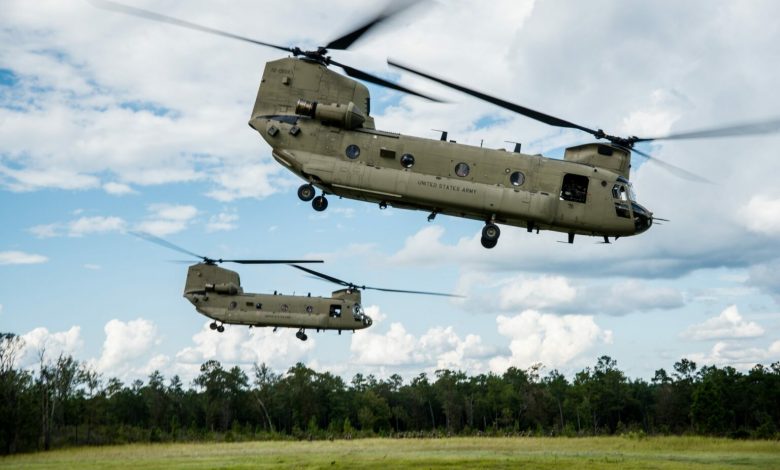Defence NewsÖne Çıkan
US approves $8.5B sale of 60 Chinook Helicopters to Germany

The United States announced the approval of an $8.5 billion sale of 60 CH-47F Chinook helicopters and other equipment to Germany.
“The proposed sale will improve Germany’s heavy lift capability. Germany intends to use this enhanced capability to strengthen its homeland defense and deter regional threats,” the US Defense Security Cooperation Agency (DSCA) said in a statement.
The sale would “support the foreign policy and national security of the United States by improving the security of a NATO ally which is an important force for political and economic stability in Europe,” the statement said.
The State Department approved the possible sale, and the DSCA on Thursday provided the required notification to Congress, which still needs to sign off on the transaction.





